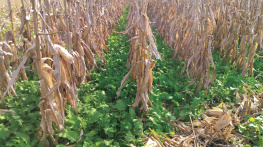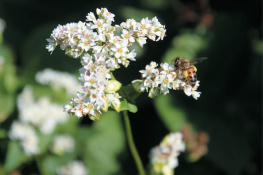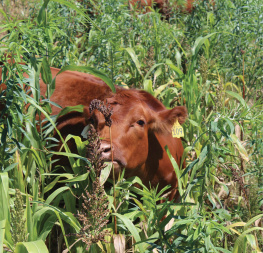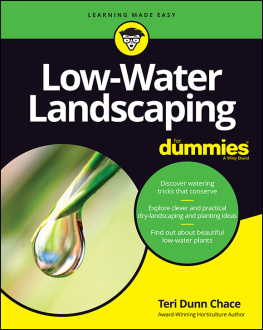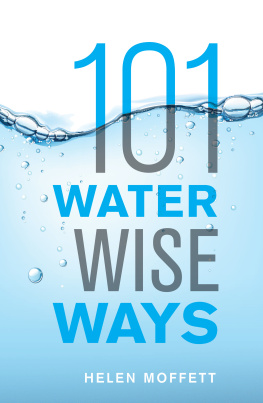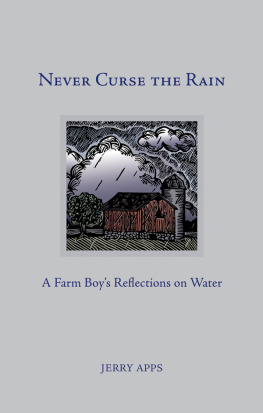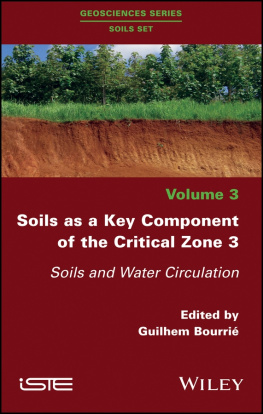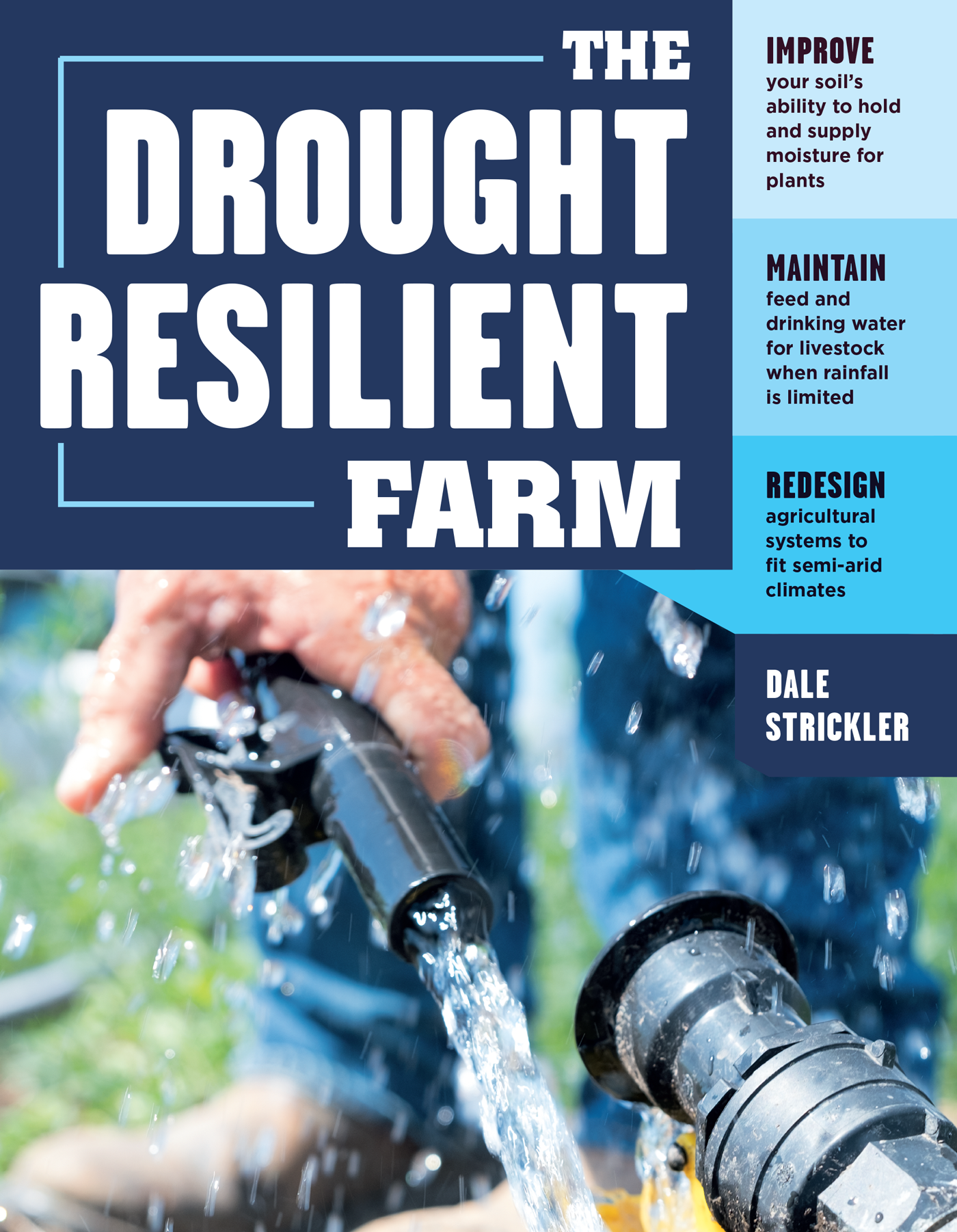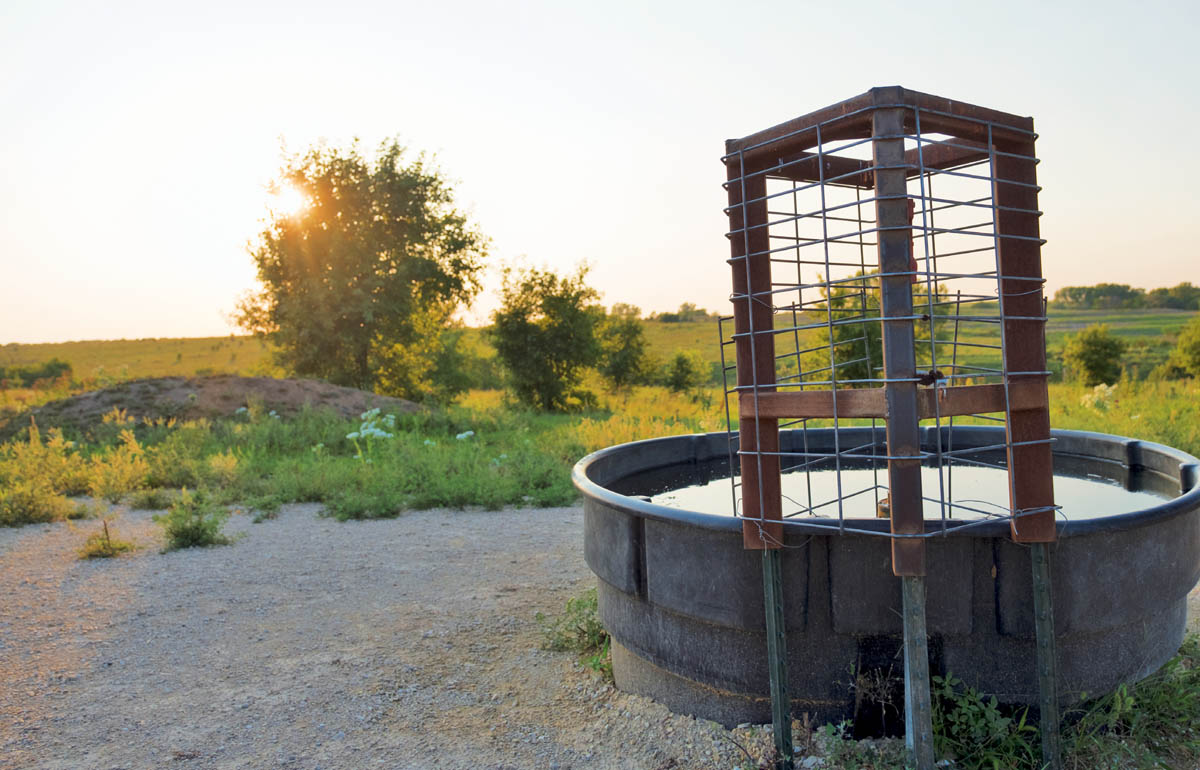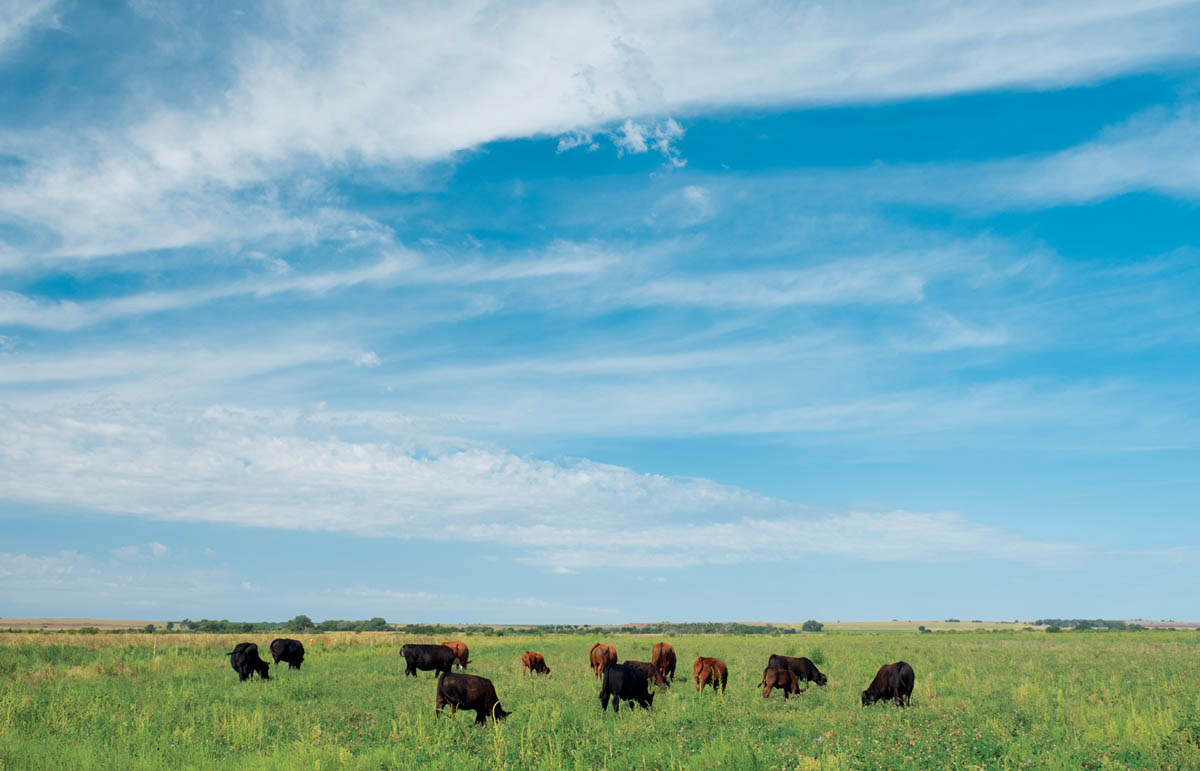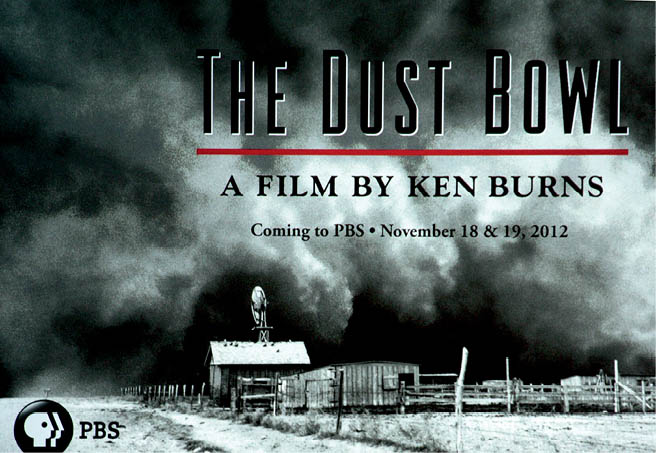The mission of Storey Publishing is to serve our customers by publishing practical information that encourages personal independence in harmony with the environment.
Edited by Deborah Burns
Art direction and book design by Jeff Stiefel
Text production by Erin Dawson
Indexed by Samantha Miller
Cover and interior photography by Scott Stebner
Additional photographs by A ROOM WITH VIEWS/Alamy Stock Photo,
Illustrations by Steve Sanford
2018 by Dale Strickler
Ebook production by Kristy L. MacWilliams
Ebook version 1.0
June 12, 2018
All rights reserved. No part of this book may be reproduced without written permission from the publisher, except by a reviewer who may quote brief passages or reproduce illustrations in a review with appropriate credits; nor may any part of this book be reproduced, stored in a retrieval system, or transmitted in any form or by any means electronic, mechanical, photocopying, recording, or other without written permission from the publisher.
The information in this book is true and complete to the best of our knowledge. All recommendations are made without guarantee on the part of the author or Storey Publishing. The author and publisher disclaim any liability in connection with the use of this information.
Storey books are available for special premium and promotional uses and for customized editions. For further information, please call 800-793-9396.
Storey Publishing
210 MASS MoCA Way
North Adams, MA 01247
storey.com
Library of Congress Cataloging-in-Publication Data
Names: Strickler, Dale, author.
Title: The drought-resilient farm / by Dale Strickler.
Description: North Adams, MA : Storey Publishing, 2018. | Includes bibliographical references and index. Identifiers: LCCN 2017061057 (print) | LCCN 2018000720 (ebook) | ISBN 9781635860030 (ebook) | ISBN 9781635860023 (pbk. : alk. paper)
Subjects: LCSH: Water conservation. | Droughts. | Soil moisture. | LivestockWater requirements.
Classification: LCC TD388 (ebook) | LCC TD388 .S77 2018 (print) | DDC 631.4/32dc23
LC record available at https://lccn.loc.gov/2017061057
This book is dedicated to my father, Eldon, who gave me a work ethic and inspired my love of the land; my mother, Gail, who taught me to care about people other than myself; my late father-in-law, Dean Sothers, who departed this world far too early and whose help and encouragement were invaluable to me; and my family, Danell, Cole, and Cassie.
Contents
1
Introduction
The Ugly History of Drought, and the Potential for Drought Resilience
No natural disaster has caused as much human misery as drought. In fact, it has caused more suffering and death than all other natural disasters combined. Drought compromises our ability to acquire two of our most basic needs: water and food. Millions have suffered slow, painful deaths from thirst and starvation throughout the ages, and entire civilizations have collapsed when their supply of water or food has literally dried up.
Here are some of the great civilizations documented to have been devastated by drought.
4,200 years ago, the Akkadian Empire of Syria and the Old Kingdom of Egypt were destroyed by drought.
1,000 years later, several civilizations around the Mediterranean were devastated, including the Hittites and the Myceneans.
In the 8th century, the Mayan Empire in Central America and the Tang Dynasty in China both suffered and collapsed from drought.
In the 12th century, the Mayans again were struck, as were the Anasazi of the American Southwest, who disappeared altogether.
In the 15th century, the Ming Dynasty of China was severely affected.
In the 1930s, the most famous drought in the history of the US took place: the Dust Bowl.
All these droughts had two factors in common. The first, obviously, was lack of rainfall. The second was the destruction of natural vegetation and the substitution of a system of agriculture ill-suited for the environment.
It is often said that those who fail to heed the lessons of history are doomed to repeat the same mistakes. The Dust Bowl caused tremendous changes in our nations environment, agricultural policy, and social fabric. Unfortunately, it was not the last drought our country has faced. A severe drought occurred in the 1950s, followed by others in 1980, 1983, 1988, 2001, 2002, 2006, 2011, 2012, and 2016.
The drought of 1980 cost the United States an estimated $56 billion, the 1988 drought cost $78 billion, and the 2012 drought was the most expensive in history. With estimated losses as high as $150 billion, it was the costliest environmental disaster in US history by a wide margin (in comparison, Hurricane Katrina cost an estimated $108 billion).
You would think that, given the magnitude of suffering caused by drought, finding means to reduce its impact would be a national and international priority. On the contrary, we seem simply to assume there is nothing we can do, and we choose to suffer the full effects of these disasters instead of trying to minimize them. Is there any other natural disaster that we could manage for, but do not?
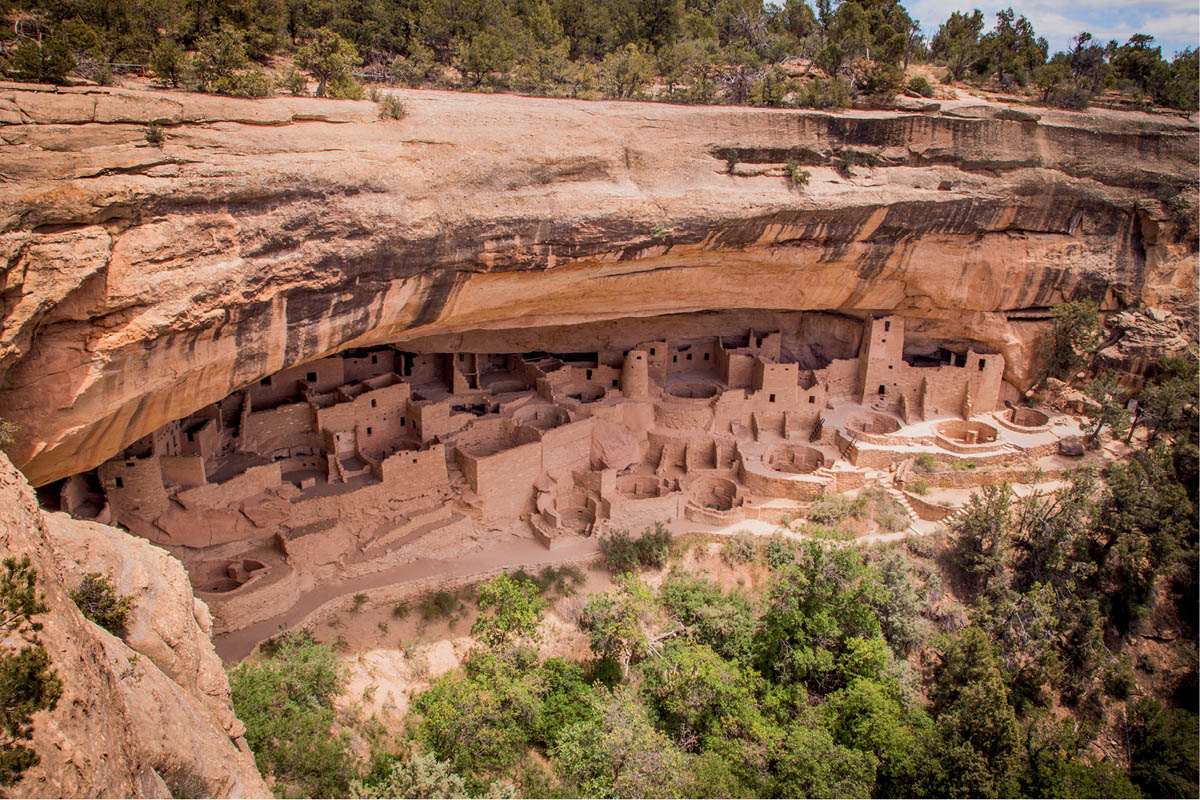
Anasazi: Clearly the Anasazi were a very advanced civilization, as evidenced by their impressive cliff dwellings, but they disappeared altogether after a prolonged drought eliminated their ability to feed themselves.
Seeing Is Believing
I believe the Ken Burns documentary The Dust Bowl should be required viewing in every grade school. It not only vividly describes the tragedy of the Dust Bowl (using the words of the survivors to drive home the impact of the drought), but it also traces the causes of the event.
Management and Mismanagement
I heard a joke in church.
A very religious man was trapped on a rooftop during a flood. A man in a rowboat came along and offered to rescue him. The man on the rooftop said, No, thank you, but I have prayed to God and He will rescue me. So the boatman rowed away.
The flood continued to rise. A while later, a large patrol boat came up and offered to rescue the man on the rooftop. Again, he declined, saying that he had prayed to God, he was a man of faith, and that God would reward his faith by rescuing him.

